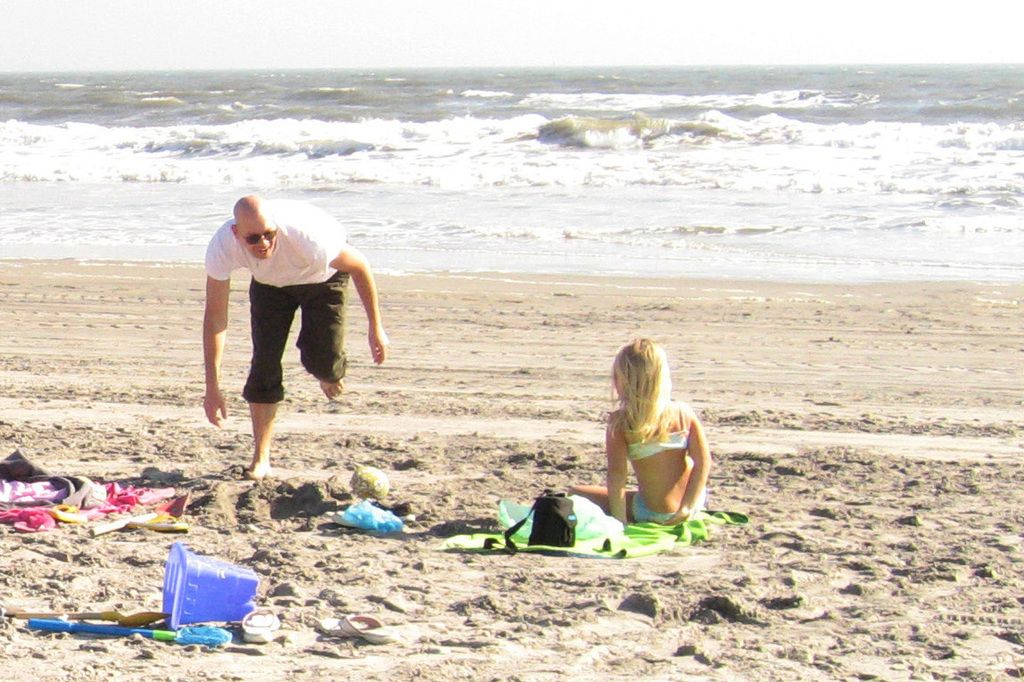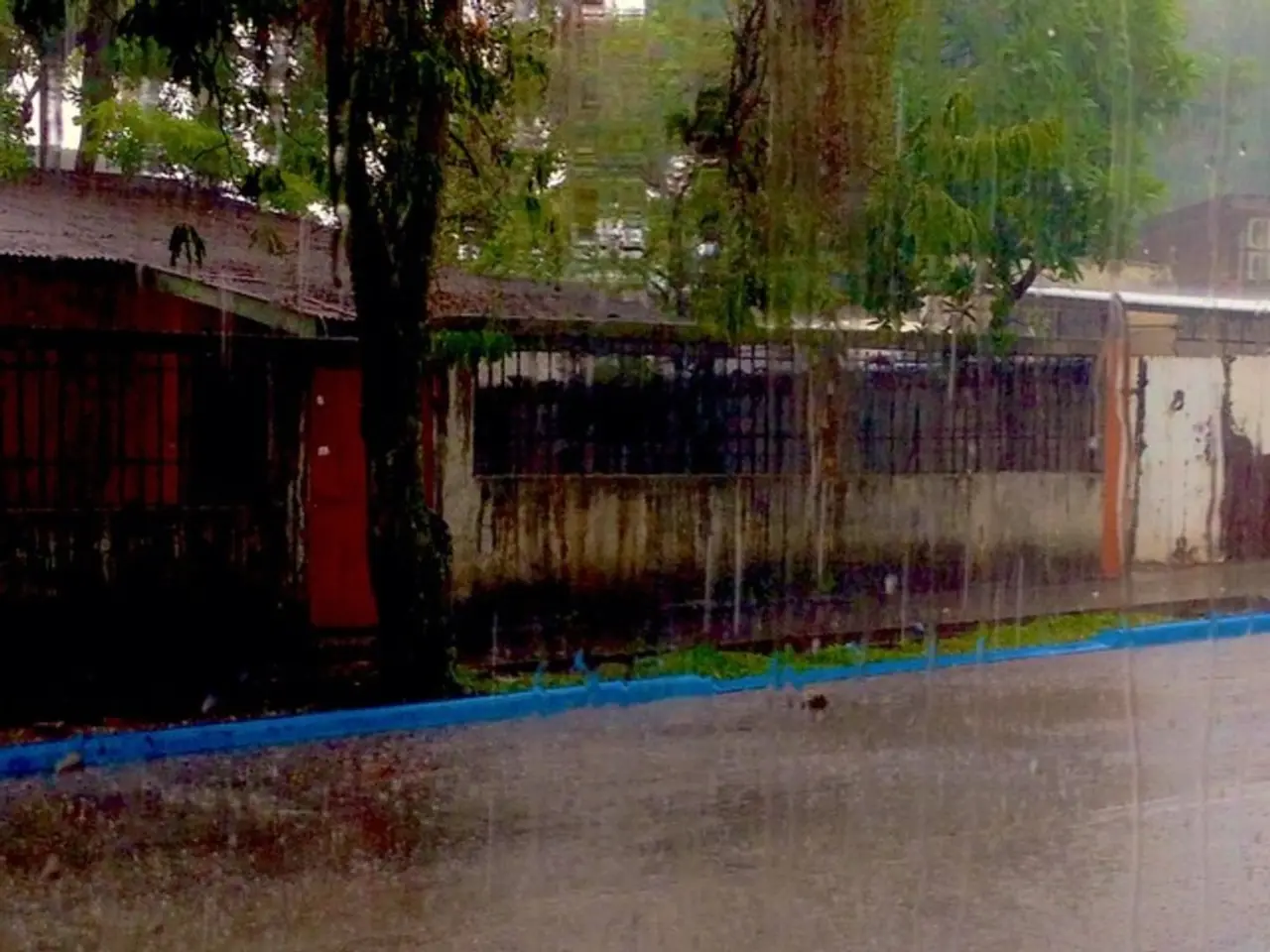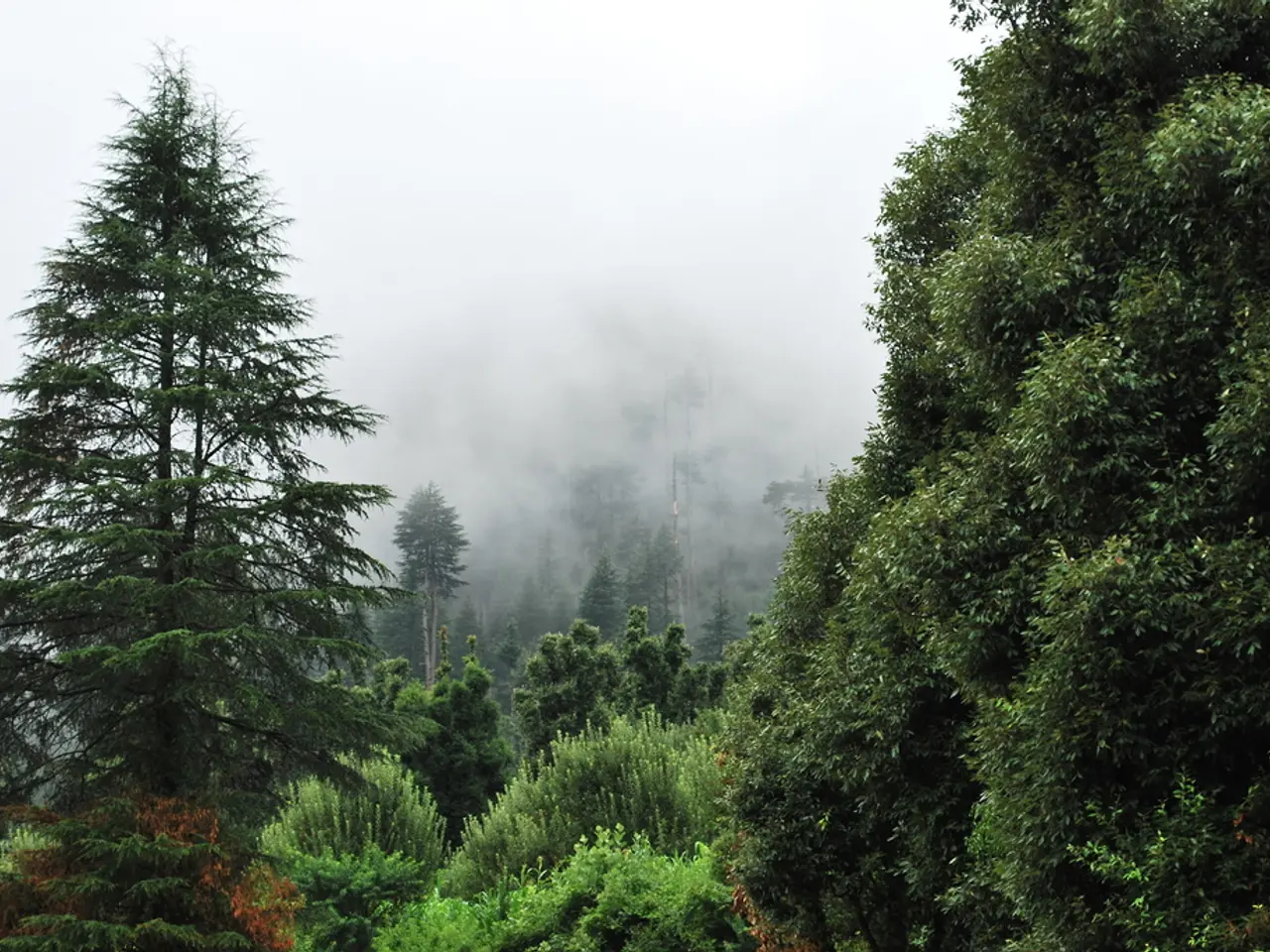Burning Concern: High Forest Fire Threat in Havelland, Brandenburg
Significant Wildfire Danger Prevalent in Haveland Forests - Forecast Warns of Elevated Fire Danger in Haveland
Forest fires pose a significant danger in Brandenburg, with Havelland topping the chart as the region at the highest fire risk level (5) according to the state forestry authority. The districts of Barnim, Märkisch-Oderland, Oder-Spree, Potsdam-Mittelmark, Spree-Neiße, and the remaining regions are in the medium danger zone.
Saturday is set to be a scorcher with temperatures between 27-31 degrees Celsius, while heavy thunderstorms with hail are forecast for Sunday, making the fire risk even more unpredictable. By Monday, it's expected to be dry again.
Brandenburg's vulnerability to forest fires stems from several factors including an extensive pine forest area, low rainfall, and sandy soils, making it the state with the highest forest fire risk in Germany. As of the end of May, the fire departments in Brandenburg have been called out to 125 forest fires this season.
Forest firesHavellandBrandenburgEnvironmentDanger levelLandkreis HavellandPotsdamMärkisch-Oderland
Factors increasing the Forest Fire Risk
Forest fires can be attributed to several factors: climatic, environmental, and human-related.
Climatic and Environmental Factors
Rising temperatures and shifting precipitation patterns lead to drier conditions, creating a more fire-prone environment.Weather conditions such as high temperatures, low humidity, and strong winds can rapidly spread forest fires.Droughts, which dry out vegetation, are ideal conditions for fires to begin and propagate.
Human-Related Factors
Accidental ignition from human activities like smoking, campfires, or equipment useCertain agricultural practices can lead to accidental fires, especially during dry periodsUrbanization and infrastructure development near forests can increase human activity in fire-prone areas, heightening the risk.
Regional Characteristics for Brandenburg
Brandenburg's forests consist primarily of coniferous and deciduous trees, with varying fire risks based on moisture content and densityThe combination of agricultural land and forests increases the risk of fires spreading across different areas.
To counter these risks, Brandenburg and other regions implement fire prevention measures, including fire bans, public education campaigns, and enhanced firefighting capabilities. These strategies are essential in reducing overall forest fire risk.
[1] Climate Change Contributing to Forest Fire Risk - (Optional if room) Scientists have found evidence linking rising global temperatures to increased forest fire frequency and severity in various regions worldwide.
- In light of the high forest fire threat in Havelland, Brandenburg, it's crucial to emphasis environmental protection, particularly in the context of climate change, as rising temperatures and shifting precipitation patterns can create a more fire-prone environment.
- To effectively manage and mitigate the risks associated with forest fires in Brandenburg, it's essential to consider both the climatic and environmental factors, such as drought conditions, and the human-related factors, like agricultural practices or urbanization, in the development of community policy for environmental protection and health and safety of the environment.








